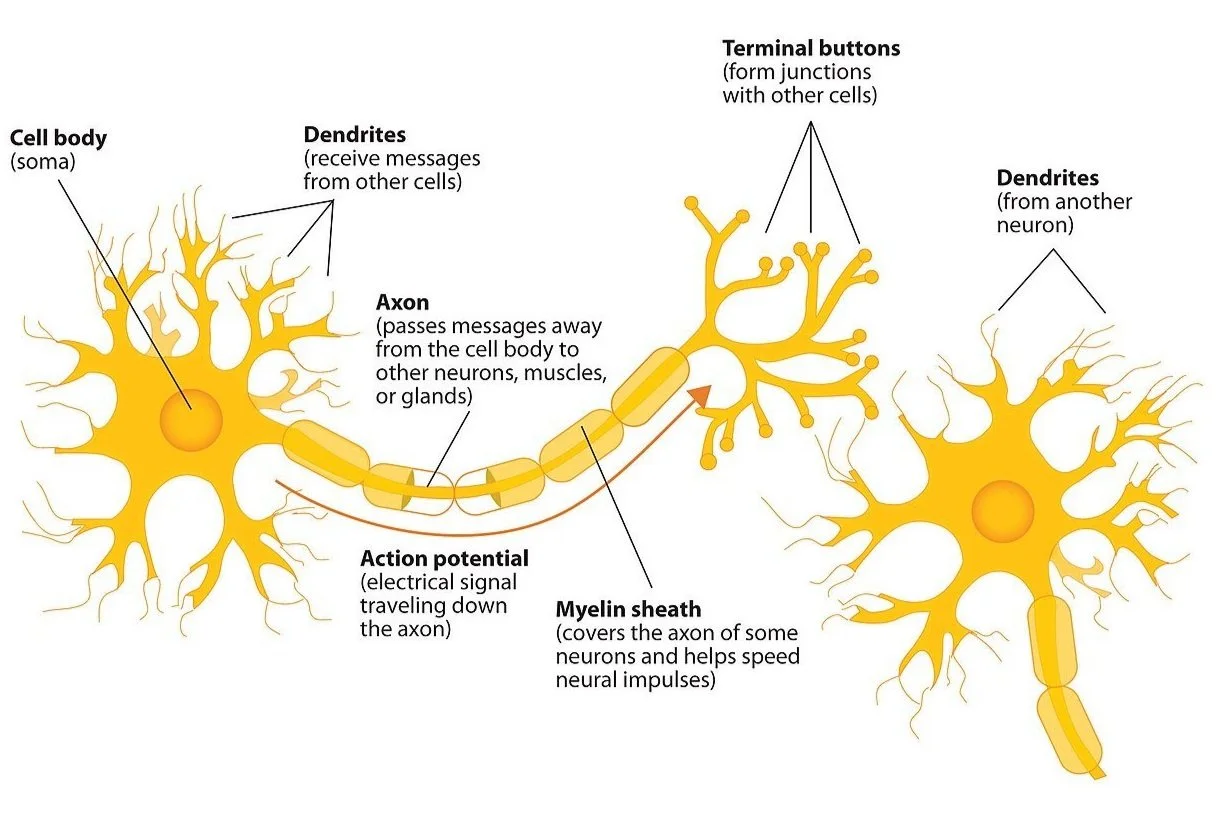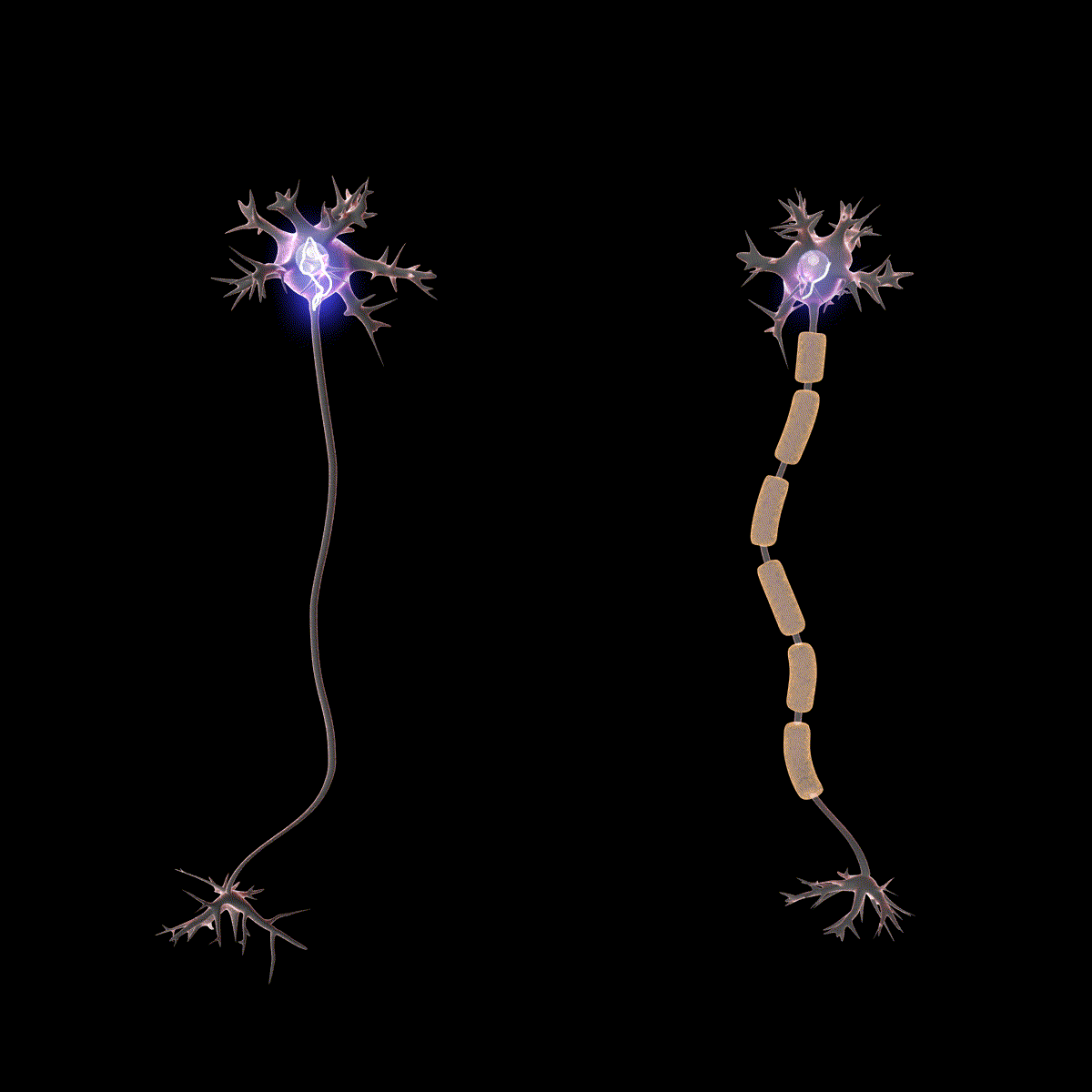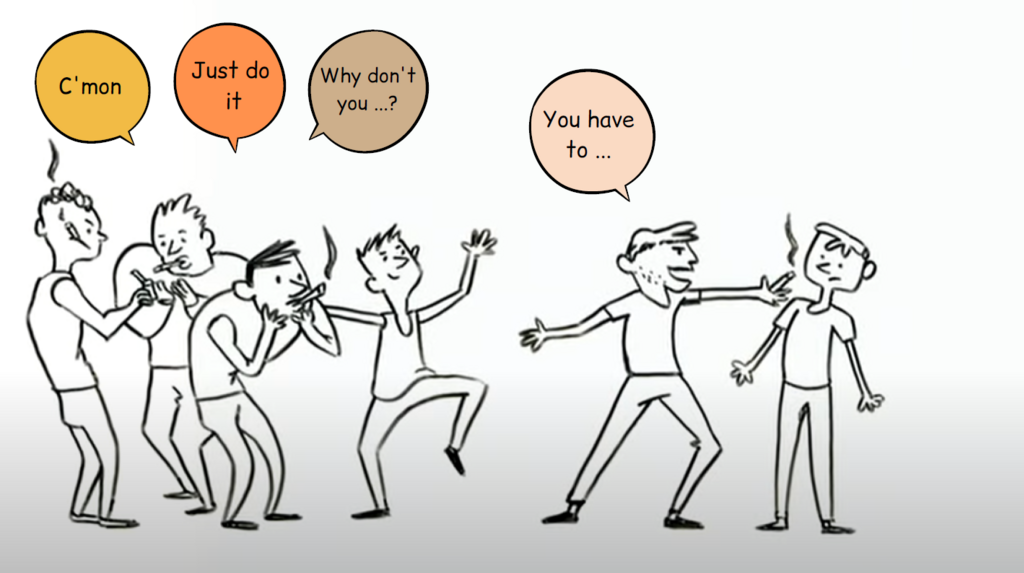Why are teenagers so impulsive?
The short answer
Teenagers are more impulsive because their brains are still developing faster access to the parts responsible for self-control, while emotion and reward systems are already firing on all cylinders. Hormone spikes, limited life experience, and peer pressure also contribute to increased impulsivity.
The long answer
Acting on impulse can lead to some dangerous outcomes — and some funny ones too:
"I have a tattoo on my butt. It says, "I have poor impulse control." — /u/BridgeHammer from Reddit
Teenagers are well-known for acting impulsively. Maybe you made some regrettable choices as a teen, like drinking alcohol to excess, driving way too fast, or getting a tattoo you regret.
Here are some leading reasons why researchers believe teenagers act so impulsively:
Reason #1: The teenage brain isn't fully developed yet.
You've probably heard that the brain doesn't finish developing until your 20s, but let's dig a little deeper into what exactly that means.
Acting impulsively means you take action quickly with little thought into all the potential outcomes. But before you act, you've got to decide to act. At risk of oversimplifying the human brain, making good decisions comes down to weighing the reward (with your striatum) and weighing the risks (with your prefrontal and frontal cortexes).
I still can't believe this parody image of The Last Supper exists. It's not AI-generated!
"La Cène de Jean Sulpice" by Norman74 is licensed under CC BY-SA 4.0.
The striatum tracks how much you like something, i.e. how much reward you get for doing something.
Example brain thought: "I like eating sugary cereal."
The prefrontal and frontal cortexes help you consider the future outcomes of doing things, i.e. how they might affect others and your future goals.
Example brain thought: "If I eat three bowls of cereal, I'll get a stomachache and none will be left for my little sister."
You can see how the prefrontal and frontal cortexes are critical for good judgement. And, to be clear, teenagers have access to good judgement — but their challenge is that the pathways between these reward and risk centers of the brain aren't well-connected yet.
Neurons send and receive signals from one another. Signals are received at the dendrites, move along the axon, and pass to the next neuron via the terminal buttons.
"Components of neuron" by Jennifer Walinga is licensed under CC BY-SA 4.0.
In teenage brains, this "wiring" hasn't been fully developed. Specifically, not all their neurons have been insulated with fatty substance called myelin, which allows signals to travel faster throughout the brain.
Animation showing how myelin makes signals travel faster along a neuron.
"Saltatory Conduction" by Dr. Jana is licensed under CC BY 4.0.
Myelination happens throughout development, from the back of the brain to the front. That makes the prefrontal and frontal cortexes among the last areas of the brain to undergo myelination. So even if a teen knows something is a bad idea, their brain might not deliver that insight fast enough to stop them.
Additionally, parts of the brain responsible for emotions, like the amygdala, develop earlier. That means strong emotions like fear, excitement, and anger more accessible than calm, rational thinking.
This "maturational gap" theory suggests that teenagers are more sensitive to immediate rewards and emotions and less sensitive to the parts of their brain that provide long-term thinking and self-control.
Reason #2: Hormonal changes promote reward-seeking behaviors in teenagers.
Hormonal changes that influence impulsive decision-making in teenagers.
Testosterone levels, especially in males, spike dramatically during puberty. It's linked with increased impulsivity, sensation-seeking, and risk-taking. Just check out this striking set of graphs that highlight the correlation between arrests per 100,000 by age (top) and testosterone levels in males by age (bottom).
Charts showing how arrest rates and testosterone levels in males by age are highly correlated.
Dopamine, a key neurotransmitter in the brain’s reward system, is also very active in teenagers. The teenage brain is more sensitive to dopamine than adults, making teens more likely to seek out dopamine-releasing activities, like alcohol and drug use, reckless driving, and unprotected sex.
Reason #3: Teenagers lack common sense due to inexperience.
The teenage years are a time of significant learning and exploration as the adolescent begins to flex their independence, explore passions, and seek new experiences. As a result, the brain is designed to encourage more risk-taking.
But teenagers haven't been on Earth that long, so they have less life experience to draw upon when making decisions. So part of teenager impulsivity may come down to a lack of wisdom.
Reason #4: Social desires to fit in with a group can lead teenagers to make impulsive decisions.
Teenagers' strong desire to be a part of a group also influences their impulsive natures.
"Peer pressure 1-6" by Ataberk Coşkun is licensed under CC BY-SA 4.0.
Teens often surround themselves with peers that share common interests. The presence of friends amplifies activity in the brain's reward centers, making risk-taking adventures, like drug use and fast driving, seem more exciting. In moments like that, it's hard to pump the breaks on an impulsive decision when your friends are egging you on.
Teens lacking strong social bonds with friends, teachers, and parents have also been shown to be more impulsive. When teenagers lack supportive, positive relationships with their peers, they may end up making less thoughtful decisions. Teens aged 13–15 who report negative feelings toward their teachers also show higher levels of impulsivity. Finally, lacking support and having a negative relationship with a parent is also associated with increased impulsivity and lower self-control.
Curious about how the world works?
Today You Should Know is a free, weekly email newsletter designed to help you learn something new every Friday.
Subscribe today 👇
Check out some other curious questions:
Sources
The American Academy of Child and Adolescent Psychiatry. (2017, September 1). Teen Brain: Behavior, Problem Solving, and Decision Making. The American Academy of Child and Adolescent Psychiatry. https://www.aacap.org/AACAP/Families_and_Youth/Facts_for_Families/FFF-Guide/The-Teen-Brain-Behavior-Problem-Solving-and-Decision-Making-095.aspx
Carvalho, C. B., Arroz, A. M., Martins, R., Costa, R., Cordeiro, F., & Cabral, J. M. (2023). “Help Me Control My Impulses!”: Adolescent Impulsivity and Its Negative Individual, Family, Peer, and Community Explanatory Factors. Journal of Youth and Adolescence, 52(12), 2545–2558. https://doi.org/10.1007/s10964-023-01837-z
Gross, T., & Jensen, F. (2016, April 15). Why Teens Are Impulsive, Addiction-Prone And Should Protect Their Brains. NPR. https://www.npr.org/2016/04/15/474348291/why-teens-are-impulsive-addiction-prone-and-should-protect-their-brains
Leuker, C., & van den Bos, W. (2016, June 7). I Want It Now! The Neuroscience of Teenage Impulsivity. Frontiers for Young Minds. https://kids.frontiersin.org/articles/10.3389/frym.2016.00008
Romer, Dan. (2017, October 31). The Impulsive “Teen Brain” Isn’t Based in Science. Smithsonian.com. https://www.smithsonianmag.com/science-nature/impulsive-teen-brain-not-based-science-180967027/
Romer, Daniel, & Khurana, A. (2014). Adolescent Risk Taking, Impulsivity, and Brain Development: Implications for Prevention. PsycEXTRA Dataset. https://doi.org/10.1037/e545602014-001
Steinberg, L., & Chein, J. M. (2015). Multiple accounts of adolescent impulsivity. Proceedings of the National Academy of Sciences, 112(29), 8807–8808. https://doi.org/10.1073/pnas.1509732112
Stonewater Recovery. (2023, February 6). Why Do Adolescent Males Demonstrate Impulsive Behavior?. Stonewater Adolescent Recovery. https://www.stonewaterrecovery.com/adolescent-treatment-blog/adolescents-are-impulsive-because-their-brains-are-developing









It’s like an American accent but with calendars.